
We have already taken a look at the AMD Ryzen 5 5600X and Ryzen 7 5800X. Both of which offer a tremendous increase in performance compared to previous entries from AMD and even closely beating Intel’s current mainstream flagship, the Intel Core i9-10900K.
In this review, we will be taking a look at the 12-core, 24-thread entry in the Ryzen 5000 series, the AMD Ryzen 9 5900X. While the core count has not changed from its predecessor, the Ryzen 9 3900X, will the increase in IPC found in Zen 3 bring in a significant increase in performance compared to its predecessors?
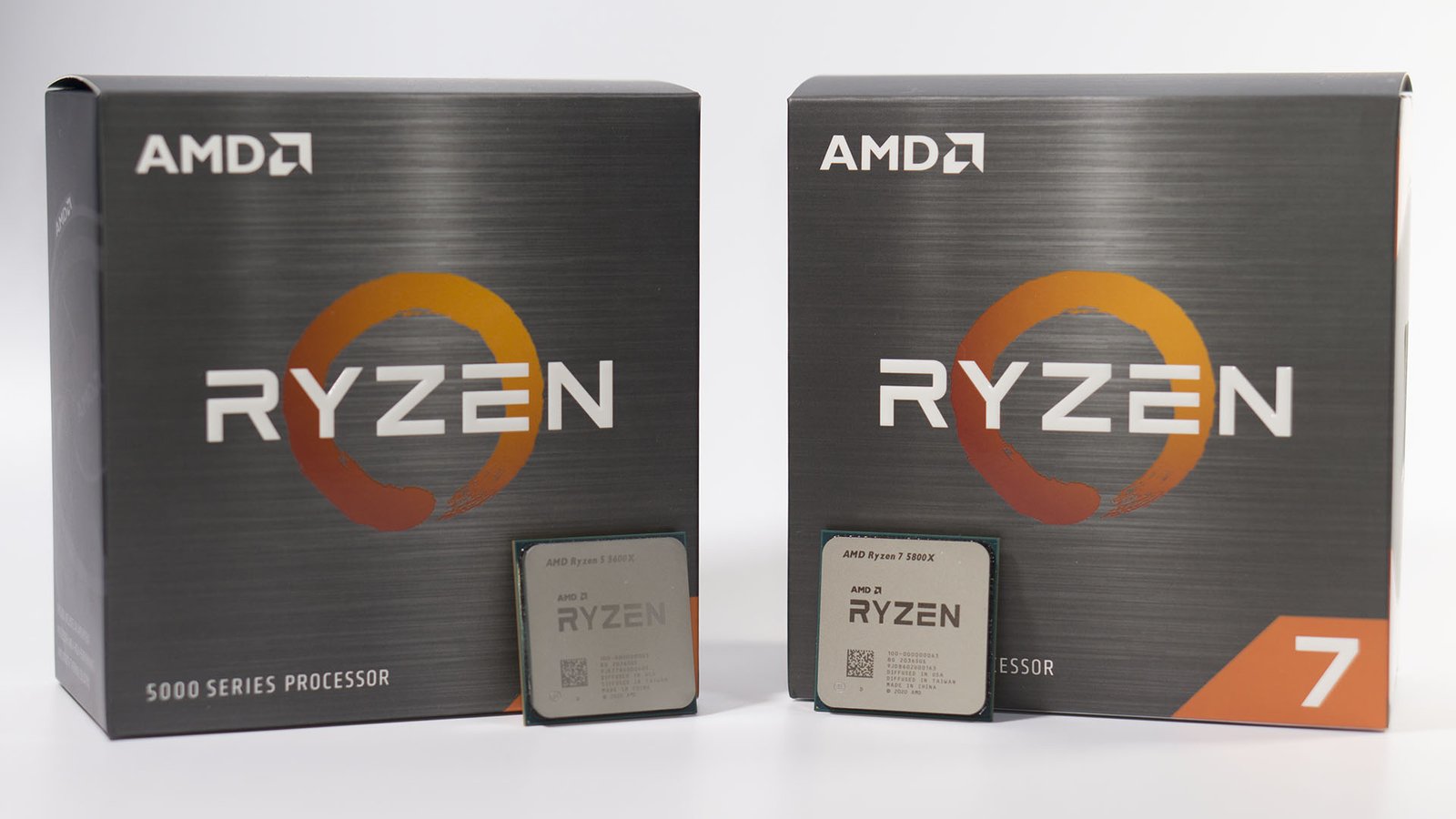

The four new processors – the Ryzen 9 5950X, Ryzen 9 5900X, Ryzen 7 5800X, and Ryzen 5 5600X – will have largely the same price points as the ones from the previous generation.
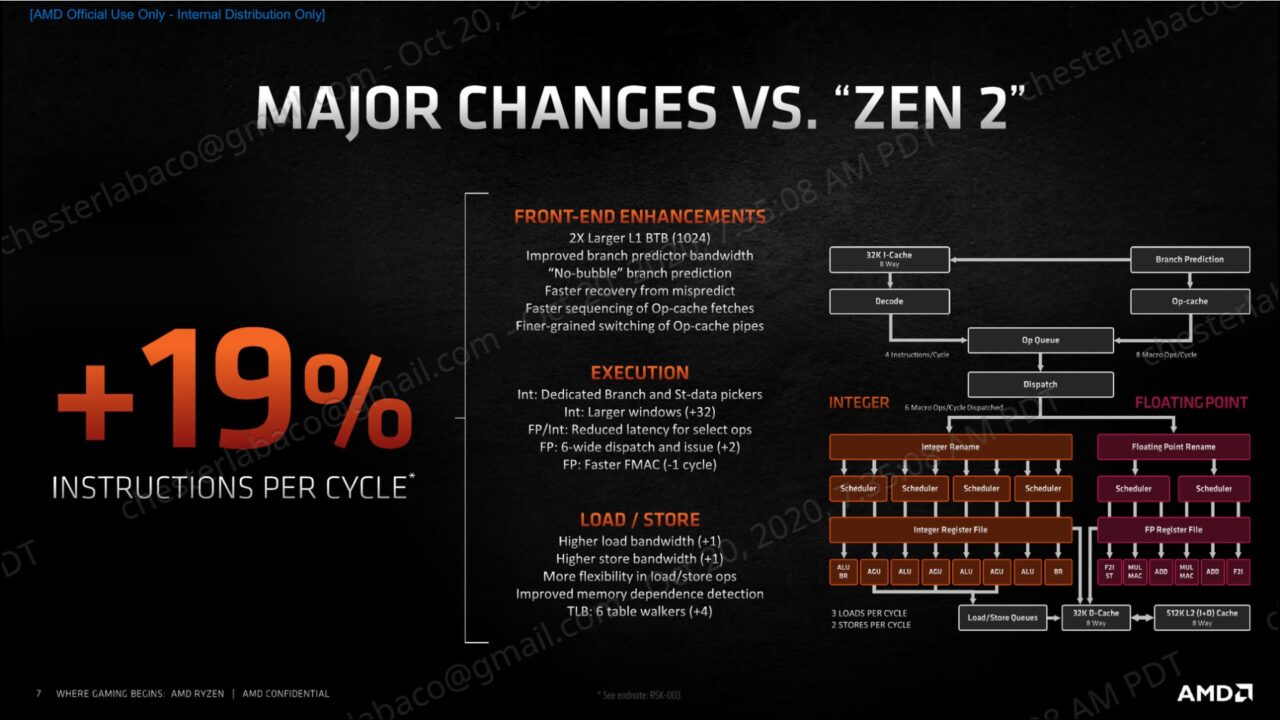
All the improvements that AMD has made with the Ryzen 5000 series lies in the Zen 3 architecture. They are promising up to 19% IPC increase on their new processors, which will deliver better overall performance especially in gaming. This growth in IPC can be further divided to several categories of improvements:
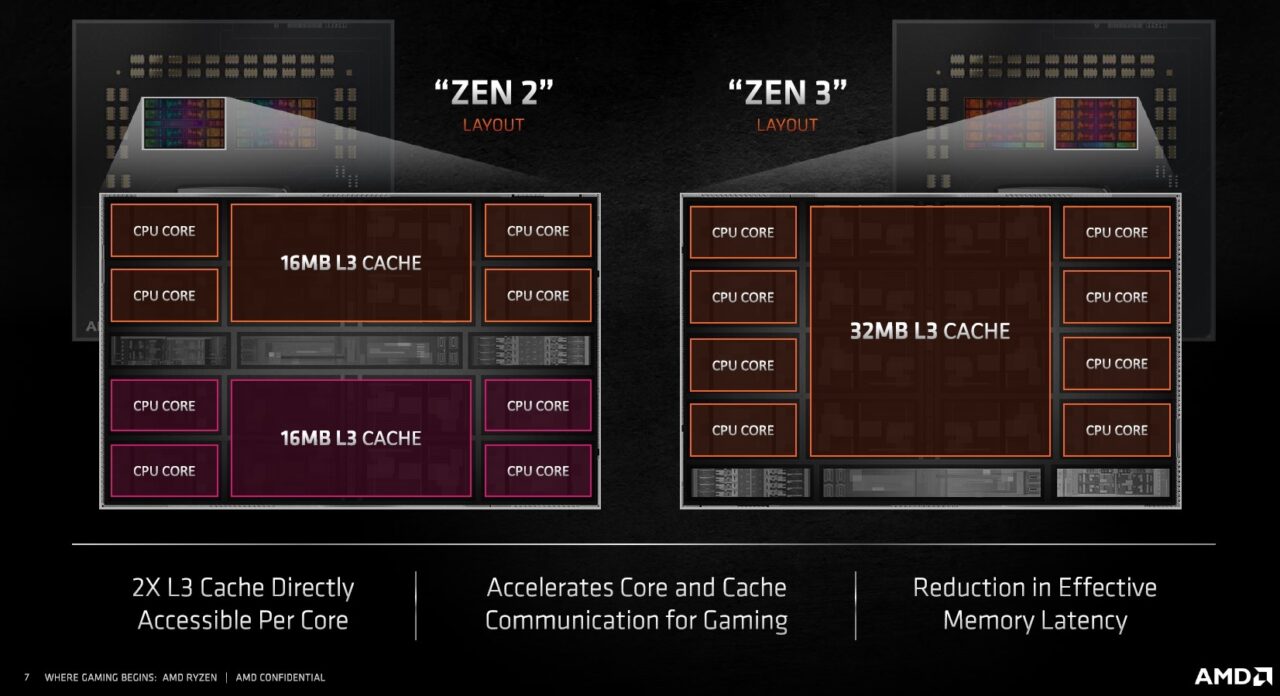
The Zen 3 architecture has overhauled the core complex (CCX) design found on previous Zen iterations. Instead of two four-core CCXes with two 16MB L3 cache for each one, Zen 3 unifies the design into a single eight-core CCX with a 32MB L3 cache to reduce memory latency and to double the L3 cache available for each core to access.
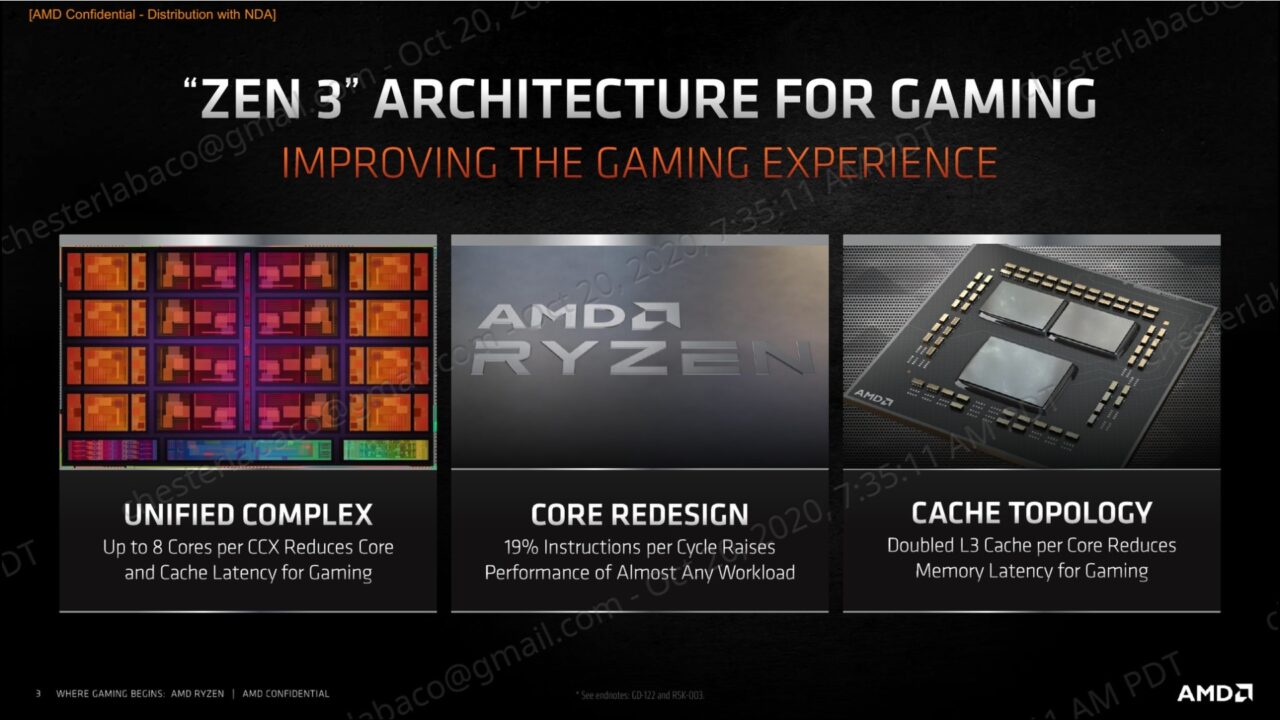
This implementation reduces core-to-core communication between CCXes for processors like the 5950X and 5900X. Meanwhile, core-to-core communication for single CCX designs as with the 5800X and 5600X is completely eliminated. This reduction in traffic between the CCXes allows the Infinity Fabric to have more bandwidth dedicated for other tasks.
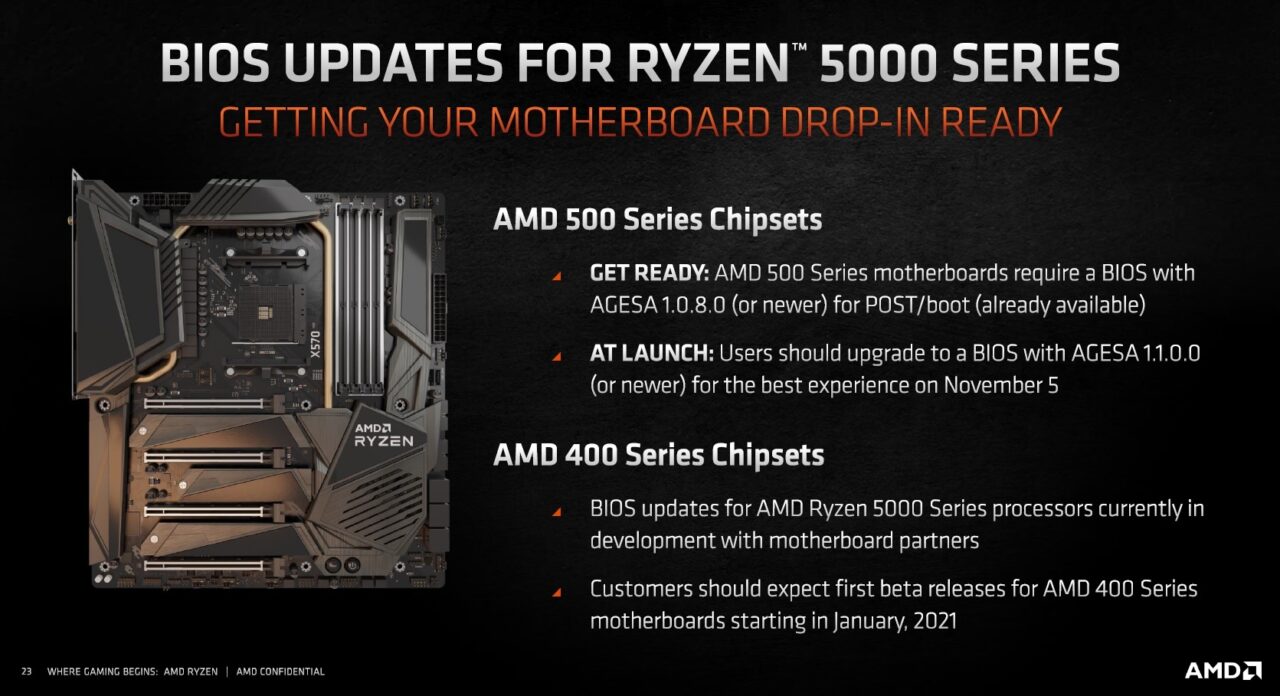
Thankfully, the improved performance brought by the Zen 3 architecture on the Ryzen 5000 series won’t need a new platform. These processors only need the minimum AGESA 1.0.8.0 BIOS installed on an X570 or B550 motherboard. Those who are upgrading from older 400 series motherboards will be pleased to know that AIBs are now rolling out new BIOS updates in order for the boards to be compatible with the Ryzen 5000 series.
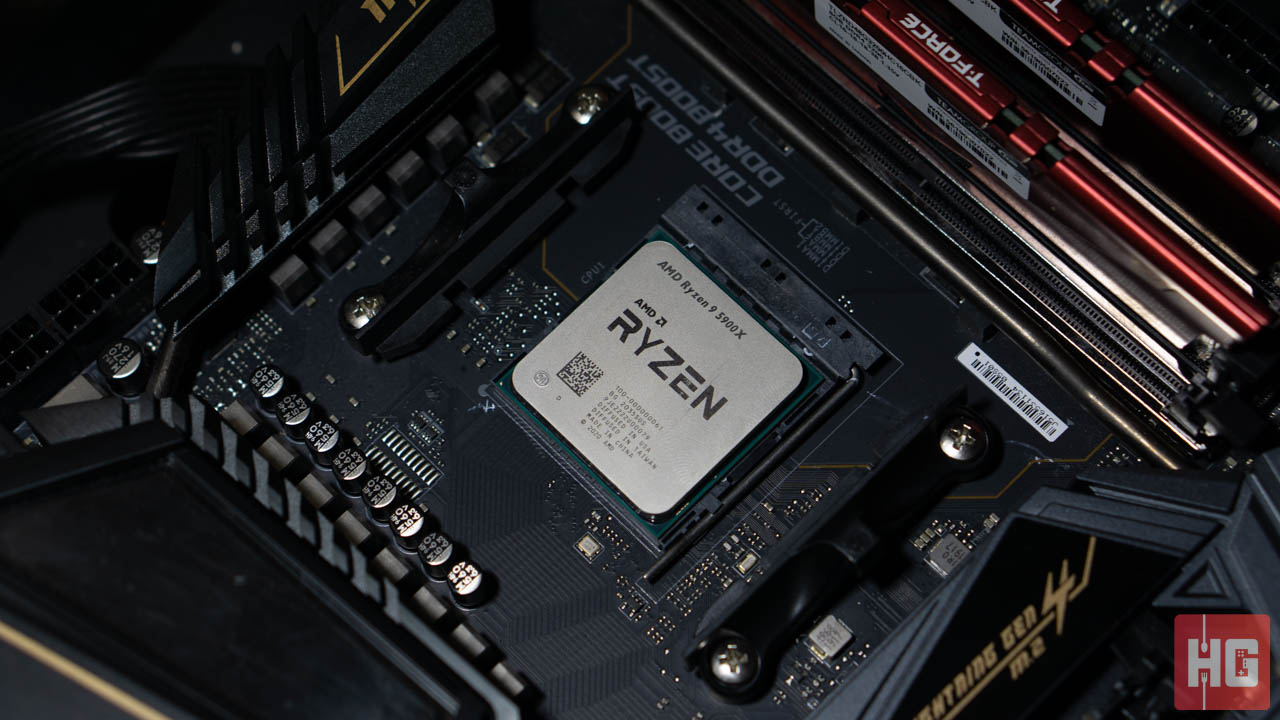
As with our previous CPU reviews, we will be testing the AMD Ryzen 9 5900X in a room with an ambient temperature of 24°c. Benchmarks were run using our test bed which uses the following components:
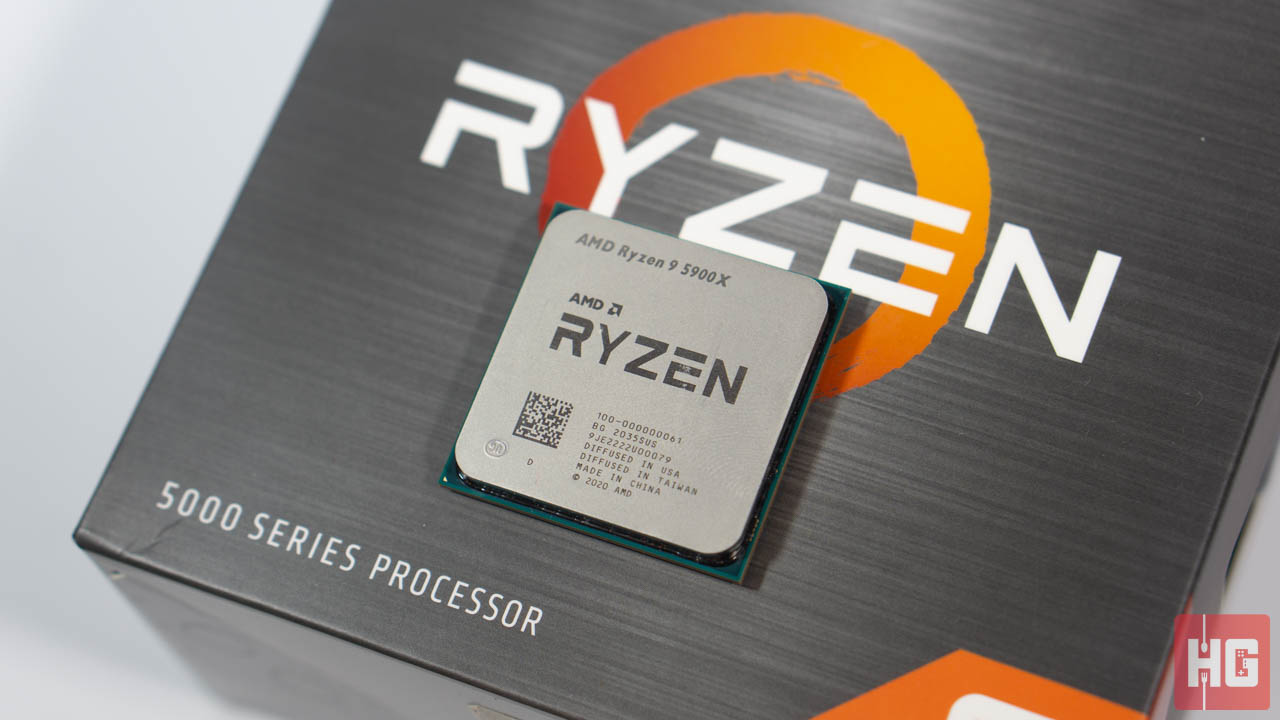
Like most of AMD’s high-end offerings, the Ryzen 9 5900X does not come with a cooler. This means that we will be using our Cryorig R1 Universal for all benchmarks both stock and overclocked.
By default, the Ryzen 9 5900X runs at a base of 3.7GHz with a single-core boost that reaches up to 4.7GHz. Turning up the clock speed and voltages allowed us to reach a stable 4.7GHz on all 12 cores at 1.425v. Higher voltages does not seem to affect the CPU any longer and results to the system crashing whenever we put heavy load on it.
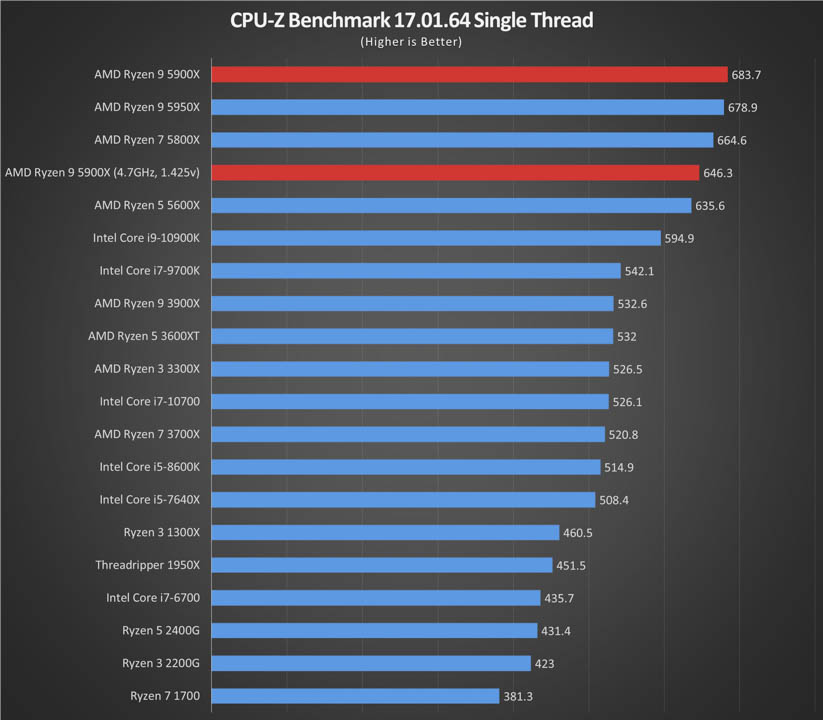
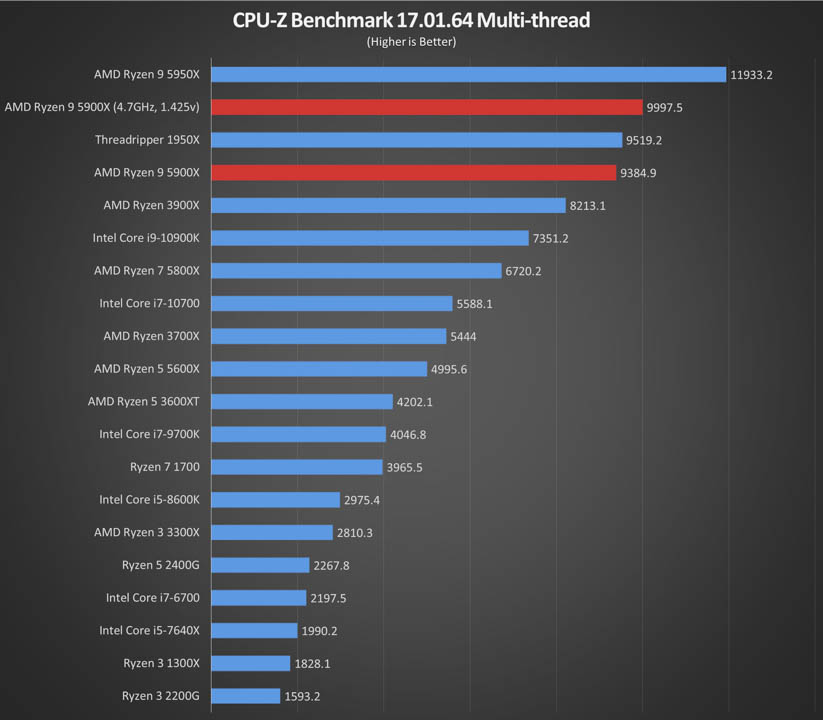
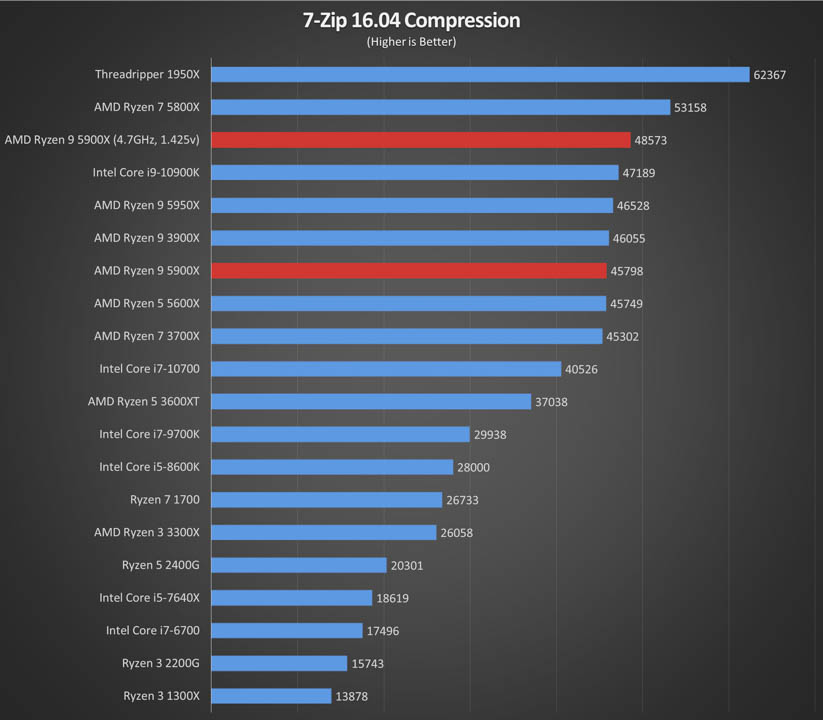
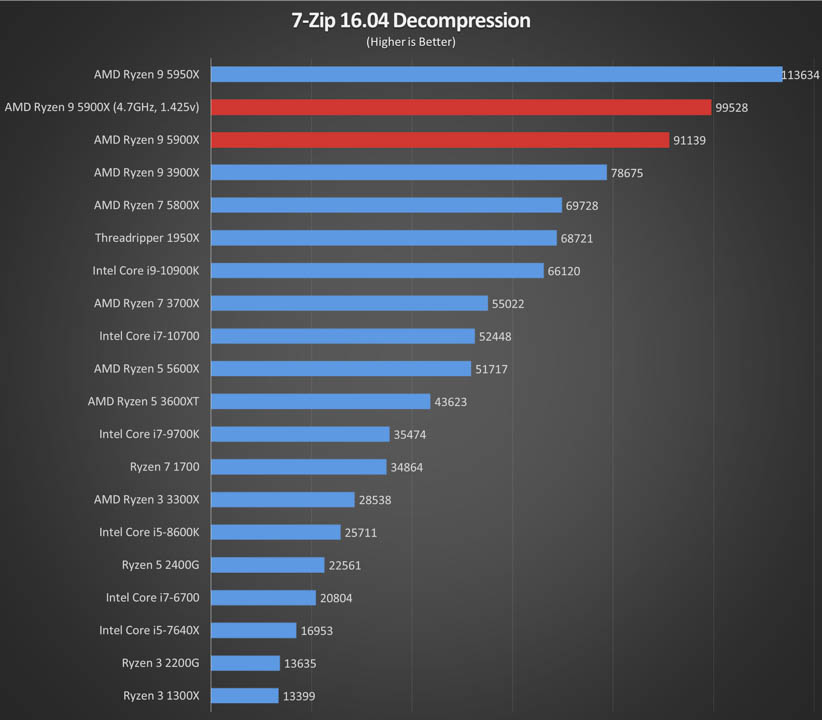
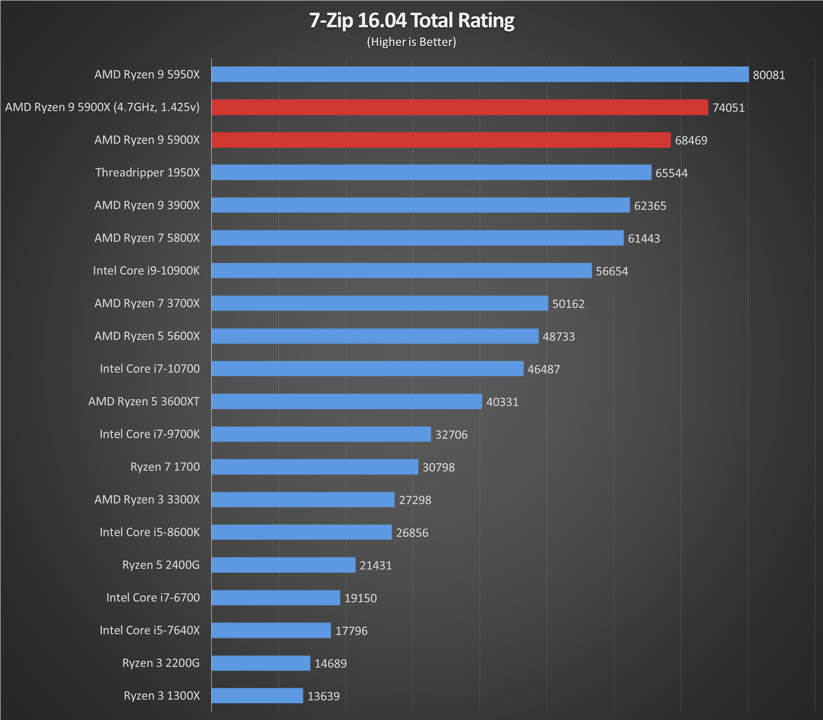
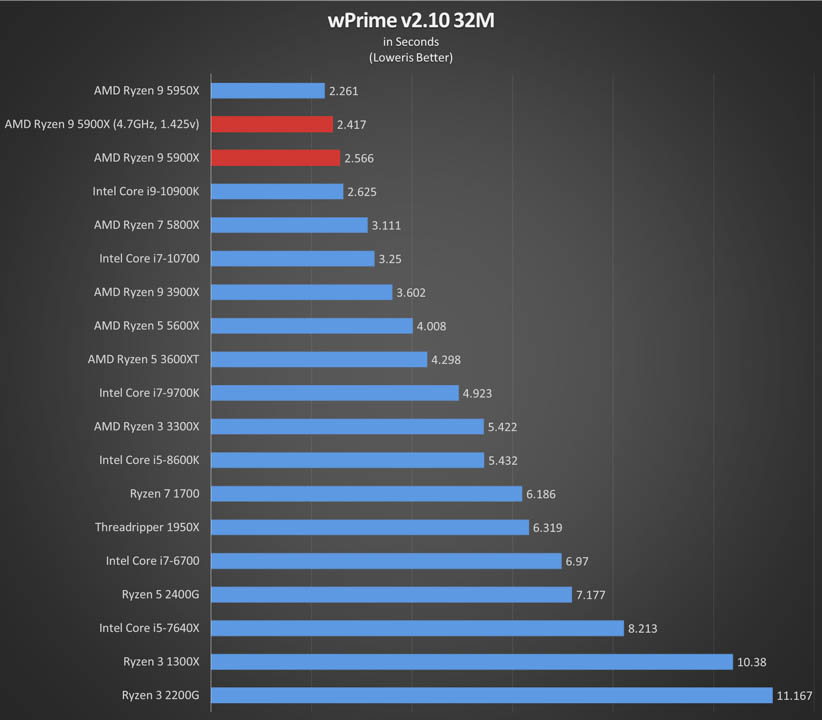
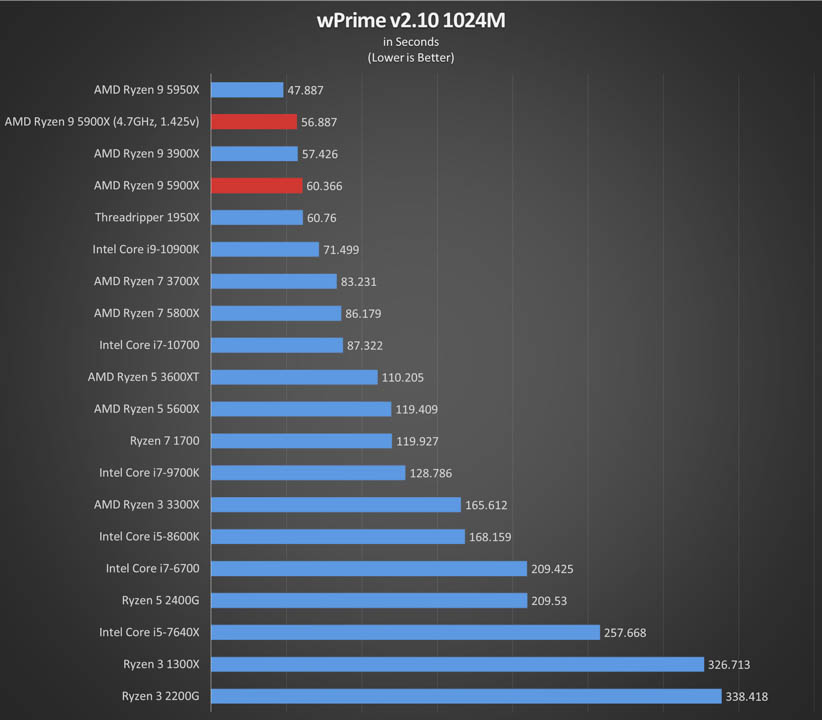
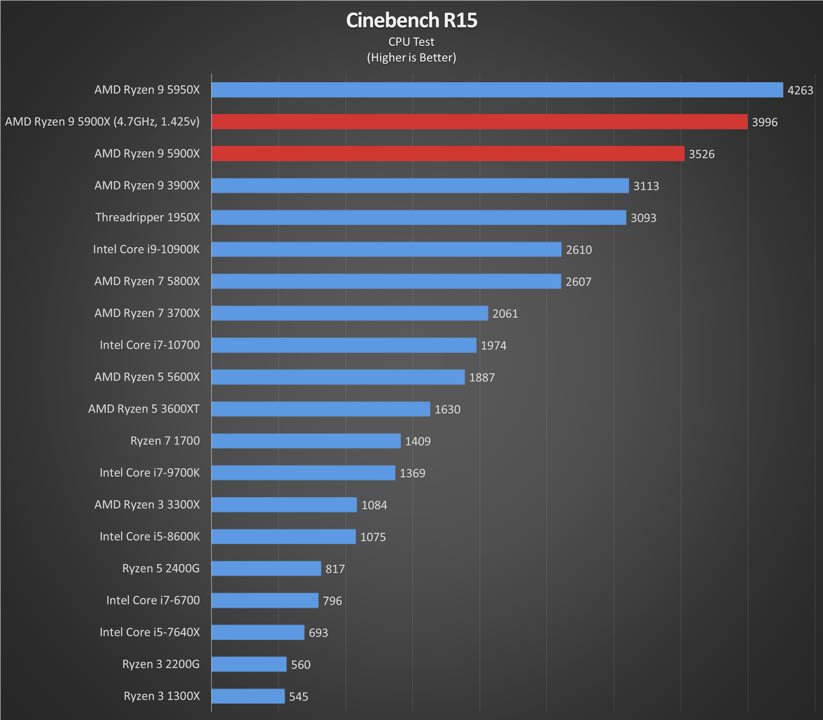

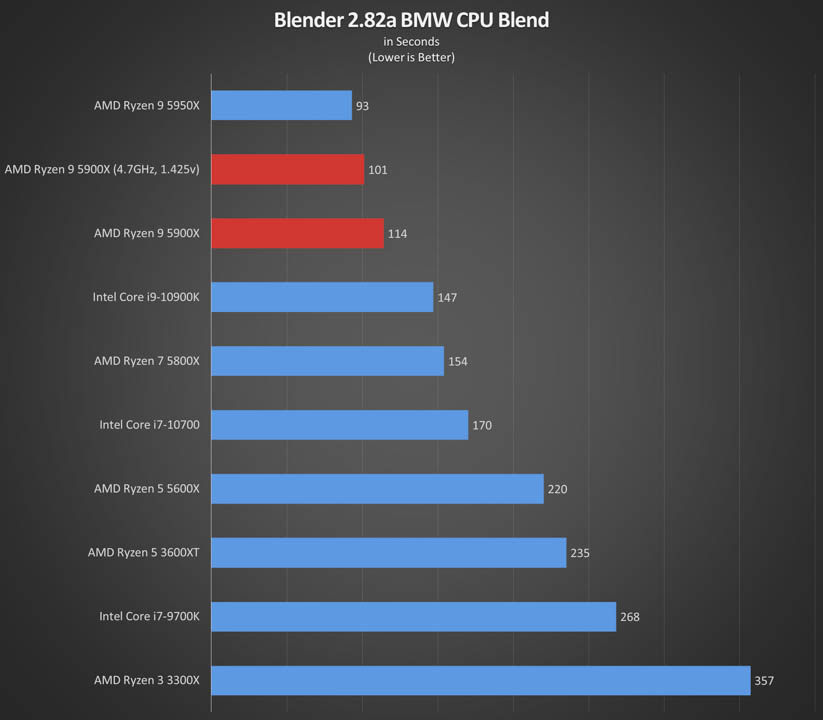
At the time of writing, Intel doesn’t have any answer against Ryzen 9 5900X in terms of performance. The 5900X passes almost everything by in both single and multi-threaded workloads allowing it to rest comfortably near the top of our benchmark charts.
It is also a significant upgrade to its predecessor, the Ryzen 9 3900X, in terms of performance. Despite the similar core counts, the 5900X easily outpaces its Zen 2 counterpart thanks to the 19% IPC increase the Zen 3 brings to the table.

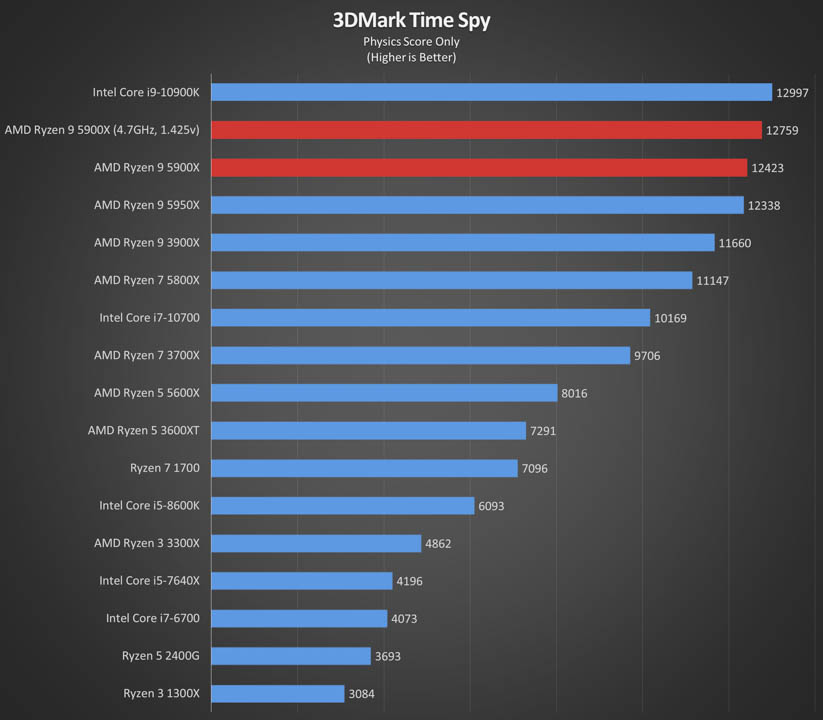
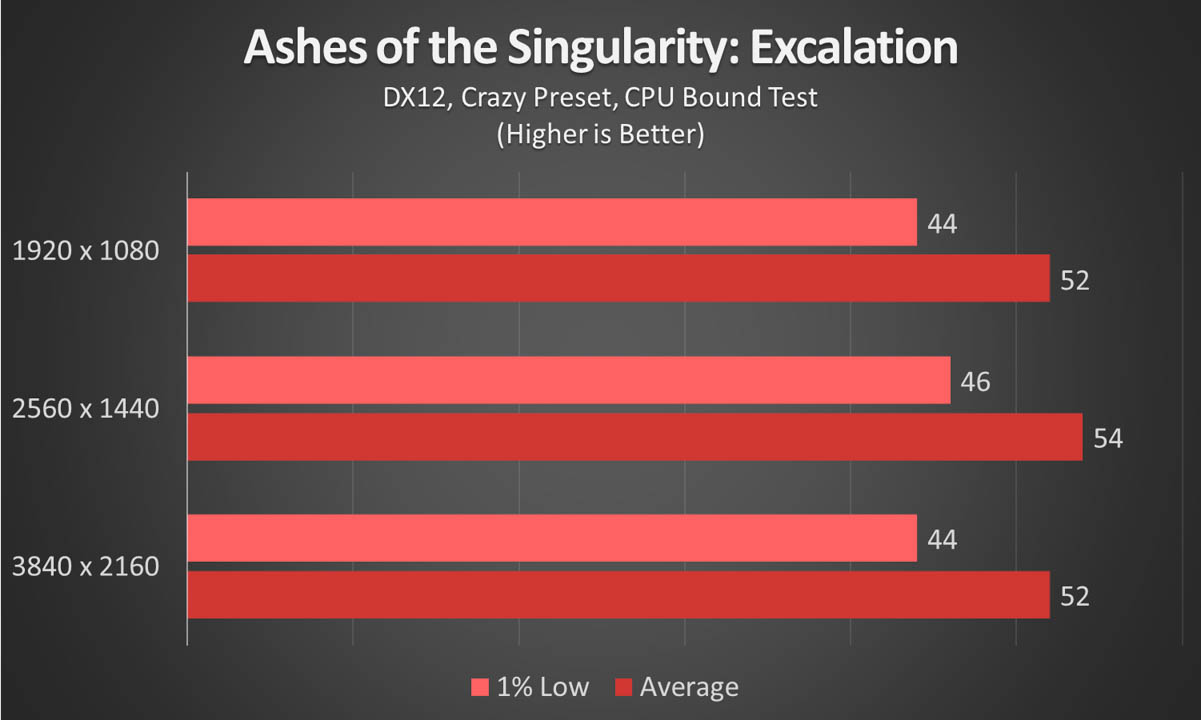


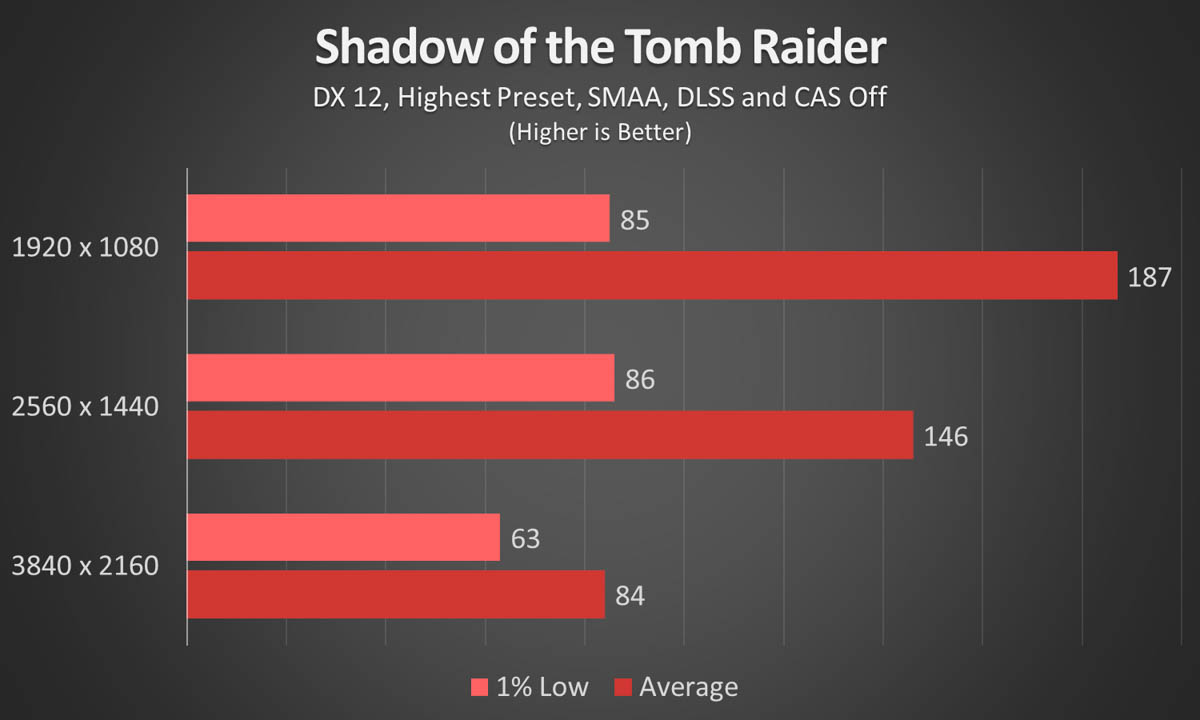
Gaming is also a prime experience on the 5900X. While some games won’t be able to take advantage of a 12-core, 24-thread CPU, it is still able to pump out the framerates without any problems at any resolution. This is especially helpful for competitive games, like Rainbow Six Siege, that require higher framerates to have a leg up on the competition.
You can comfortably pair the 5900X with a high-end GPU like the RTX 3080 we have on our test bed and 360Hz displays without worrying about any frame drops or bottlenecks.
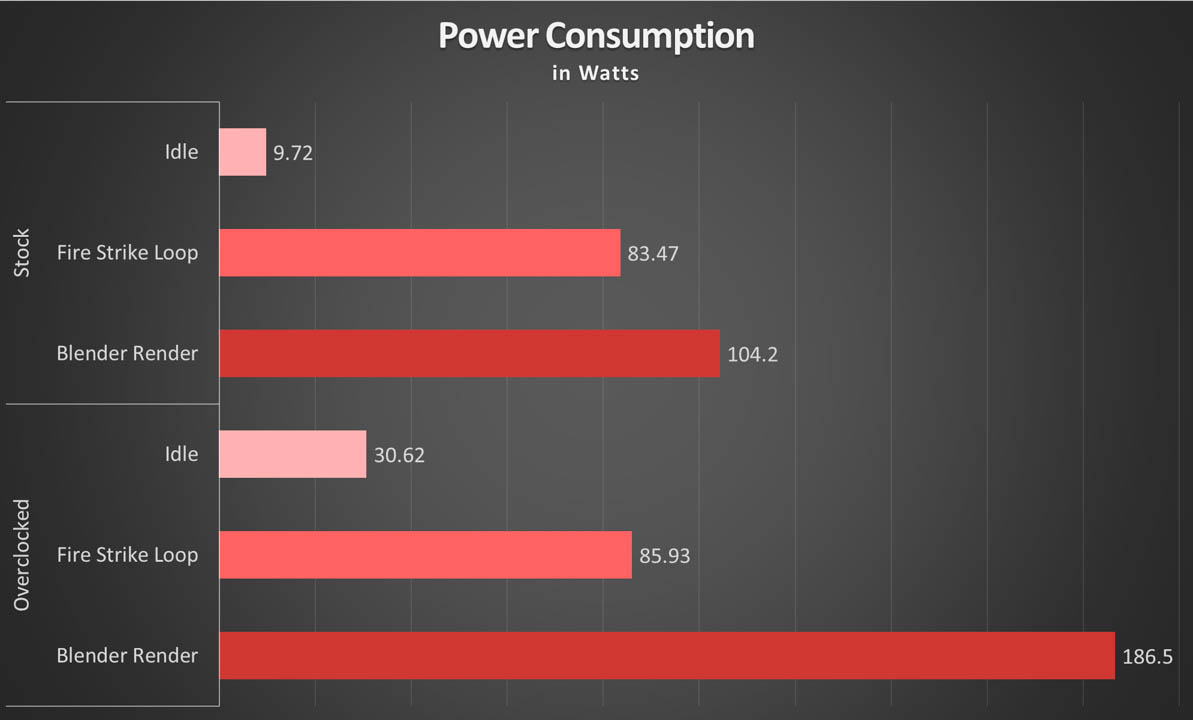
AMD sets the TDP of the 5900X at just 105W despite having 12 physical cores. Under stock conditions, power usage of the CPU stays just below its rated TDP at 104.2W. At the maximum overclock we achieved, however, power consumption shoots up to 186.5W while running Blender 2.82a BMW CPU render.

The AMD Ryzen 9 5900X is surprisingly cool for 12-core processor. Running at stock clock speeds and voltages, the highest we were able to reach was only a brisk 61°c. Keep in mind that we are running the system in an open test bench with an aftermarket cooler.
After overclocking, CPU temperature still remained in a rather tempered state at reaching a modest 77°c when running Blender 2.82a with the BMW CPU render test. Temperature is even lower while overclocked in the Fire Strike loop clocking at a highest of just 59°c.
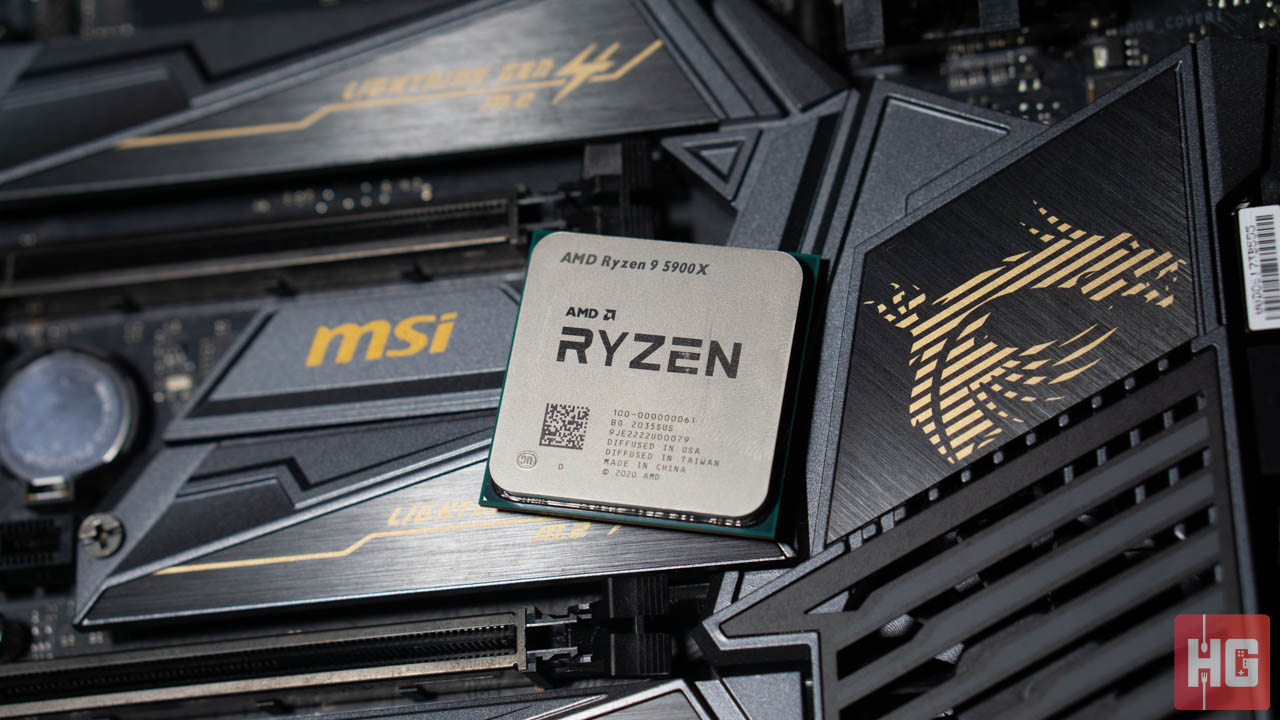
The AMD Ryzen 9 5900X poses a remarkable leap in performance compared to its predecessor. Thanks to the Zen 3 architecture, both single and multithreaded loads are much faster while still having the same 105W TDP.
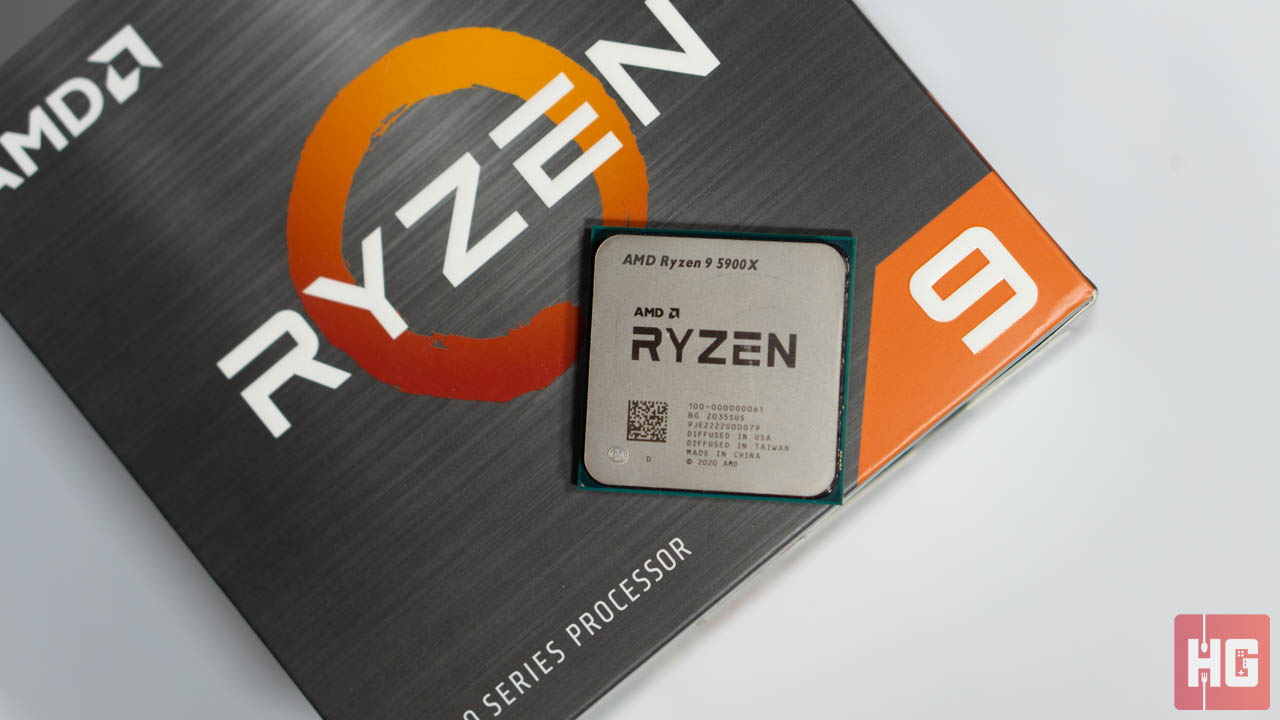
Like other Zen 3 processors, however, there is minimal overclocking headroom in with the 5900X. Despite our efforts, we were only able to reach a 4.7GHz overclock on all cores but perhaps others might be luckier than us in the silicon lottery.

With an official price of PhP 30,250 – which might be higher in some retailers in the Philippines – the AMD Ryzen 9 5900X is a tremendous processor that offers great value-to-performance. If you are looking one of the best CPUs in the market for both gaming and multimedia purposes, then the 5900X should definitely at the top of your parts list.
